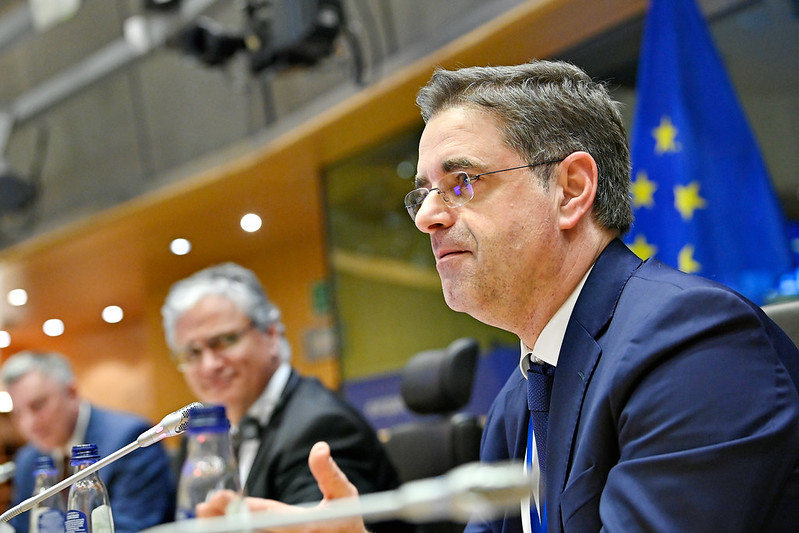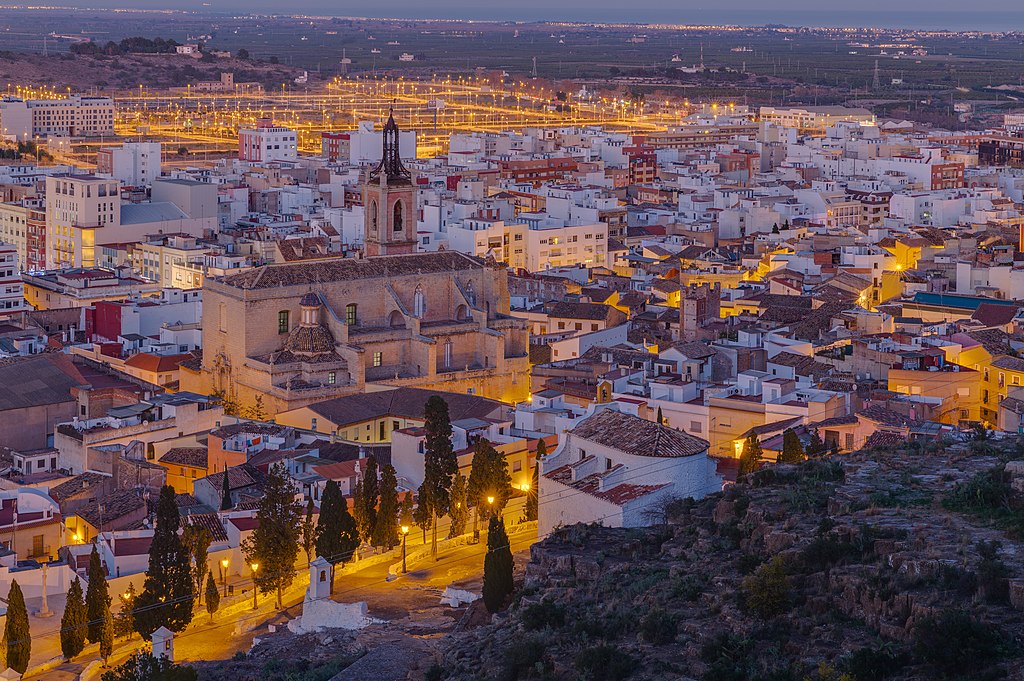The Wielkopolska region has been transformed by regional funding from the European Union.
Yet with lots done and there’s still more to do says Vice-Marshal Krzysztof Grabowski, the deputy head of the region.
“The program has been extended for two years,” he announced, saying that applications are now open for the region’s local municipalities to receive funding for new infrastructure projects.
Wielskopolska, also known as Greater Poland, is Poland’s second largest province and third most populous. It’s best known city is the picturesque provincial capital of Poznań.
Yet outside the cities, Wielkopolska’s quaint villages are undergoing a silent revolution, all thanks to the strategic investments from the EU.
The Rural Development Program for the years 2014-2020 has been the catalyst, injecting vitality into the region and fuelling projects that touch the very fabric of rural life.
One standout initiative is new road in Piechanin, a crucial infrastructural project under the “Basic Services and Renewal of Villages in Rural Areas” banner of the Rural Development Program.
The Kościan County is also set to benefit from this substantial road investment, with the Czempiń Municipality sealing the deal at nearly 3 million Polish Złoties. The signing ceremony saw Deputy Mayor Andrzej Socha and the Director of the Wielkopolska Voivodeship Self-Government, Izabela Mroczek, putting pen to paper.
The program’s impact extends far beyond roads, delving into the intricacies of rural life. Over the past eight years, the Wielkopolska government has championed over 3,000 projects, injecting vitality worth over zł800 million into the region. The program’s extension by two years underscores its success.
Deputy Marshal Krzysztof Grabowski emphasizes the significance, stating, “[i]n 2022, we announced a new call for proposals to support the construction or modernization of local roads, and in 2023, agreements were signed with municipalities and counties that received funding for their planned tasks.”
The ripple effect extends to community centers, markets, and historical sites. Through the program, 56 community centres or rural cultural houses have been established or revamped, while markets have received a facelift through zł10.5 million in funding.
Not forgetting the preservation of heritage, PLN 6.4 million has been dedicated to the revitalization of 16 historical structures.
The LEADER initiative, a community-led local development (CLLD) strategy, has been a linchpin in this transformative journey. Funds amounting to hundreds of millions of zlotys have bolstered the establishment of new businesses, the development of existing ones, and various projects aligning with community-led local development strategies.
As we look back on the success stories of the Rural Development Program for 2014-2020, the province is gearing up for a new chapter. Evaluation is underway for strategies to be implemented in the upcoming programming period.





